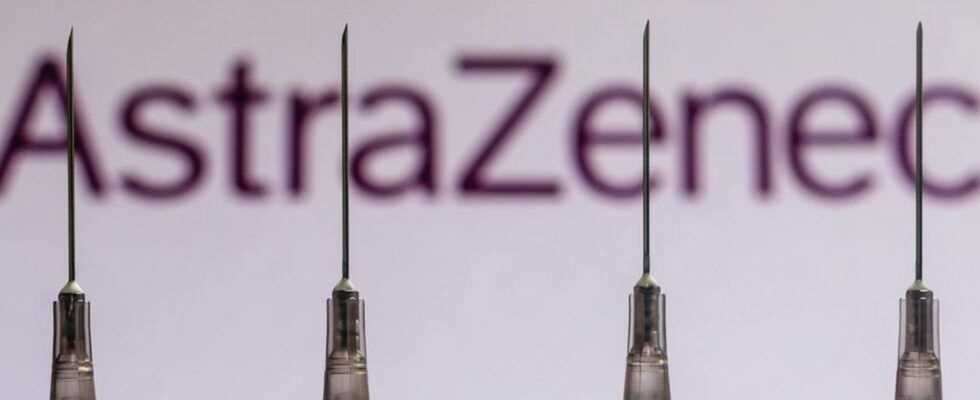AstraZeneca
What you need to know now about the Oxford vaccine
Federal Minister of Health Jens Spahn is aiming for an immediate release of AstraZeneca’s corona vaccine for all those willing to vaccinate
© rafapress / Shutterstock.com
The vaccination prioritization is to be lifted for the AstraZeneca vaccine. What you should know now.
Federal Minister of Health Jens Spahn (40) would like to obtain the immediate release of the corona vaccine AstraZeneca for all those willing to vaccinate. So everyone could get vaccinated – without prioritizing according to age, previous illness or occupational group. But with this vaccine in particular, there is great uncertainty. What you should know by now.
How does AstraZeneca work?
Unlike the preparations from Biontech / Pfizer and Moderna, the AstraZeneca vaccine is not an mRNA vaccine, but a vector vaccine. The main difference between a vector vaccine and an mRNA vaccine lies in the way in which the information needed to manufacture a piece of viral envelope gets into the body’s own cells – either via nano-particles or via a harmless virus. AstraZeneca consists of harmless adenoviruses whose DNA has integrated a small part of the coronavirus genome. This snippet of genetic material triggers a chain of processes, at the end of which the cell produces spike proteins of the coronavirus itself. This is how the immune system trains the defense against the “right” viruses.
Why the uncertainty at AstraZeneca?
The Standing Vaccination Commission recommends that AstraZeneca’s vaccine be used primarily for people over the age of 60. This is due to several cases of cerebral vein thrombosis in younger people. Nevertheless, everyone should now be able to be vaccinated with AstraZeneca – at their own request and after detailed information. “The use of the vaccine is at the doctor’s discretion,” it says officially.
How high is the risk of cerebral vein thrombosis in younger people?
Overall, the European Medicines Agency assumes that such cases occur in one to two in 100,000 people who are vaccinated. This means that the benefit of the vaccine almost always outweighs the risk of these very rare side effects. A study by the University of Cambridge comes to the conclusion: Even younger people are at twice the risk of being admitted to the intensive care unit due to Covid-19 disease than the risk of serious damage from the vaccine.
What are normal side effects after an AstraZeneca vaccination?
The side effects that show signs of an immune response in the body after vaccination are called vaccination reactions. These include: pain at the injection site, exhaustion, headache and muscle pain, as well as malaise and chills, and sometimes fever. These usually subside after a day. However, if you notice side effects four to 16 days after the vaccination, you should seek medical help.
What about the lower potency?
People vaccinated with AstraZeneca have a 76 percent reduced risk of developing Covid-19. At Biontech, the risk is reduced by 95. Still, the 76 percent is a good value for a vaccine – many flu vaccines are often only 50 percent effective in the elderly. Above all, however, the vaccine protects against a stay in the intensive care unit: According to a new large-scale study in the USA, Chile and Peru, AstraZeneca protects against serious disease processes with an effectiveness of 100 percent.
Big advantage: A faster second vaccination should come
Spahn’s plans also include more time flexibility for the administration of the second AstraZeneca vaccination. So far, the interval between the first and second vaccination has been twelve weeks, but could now be reduced significantly – to up to four weeks, which is also within the approval period. With a view to the summer vacation, this could be another incentive for many. An interval of six weeks is recommended for the mRNA vaccines.
